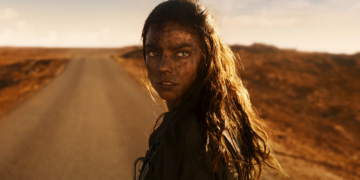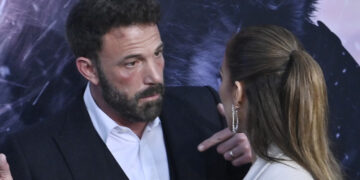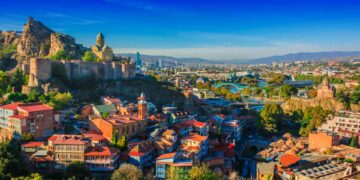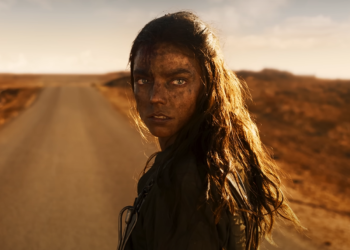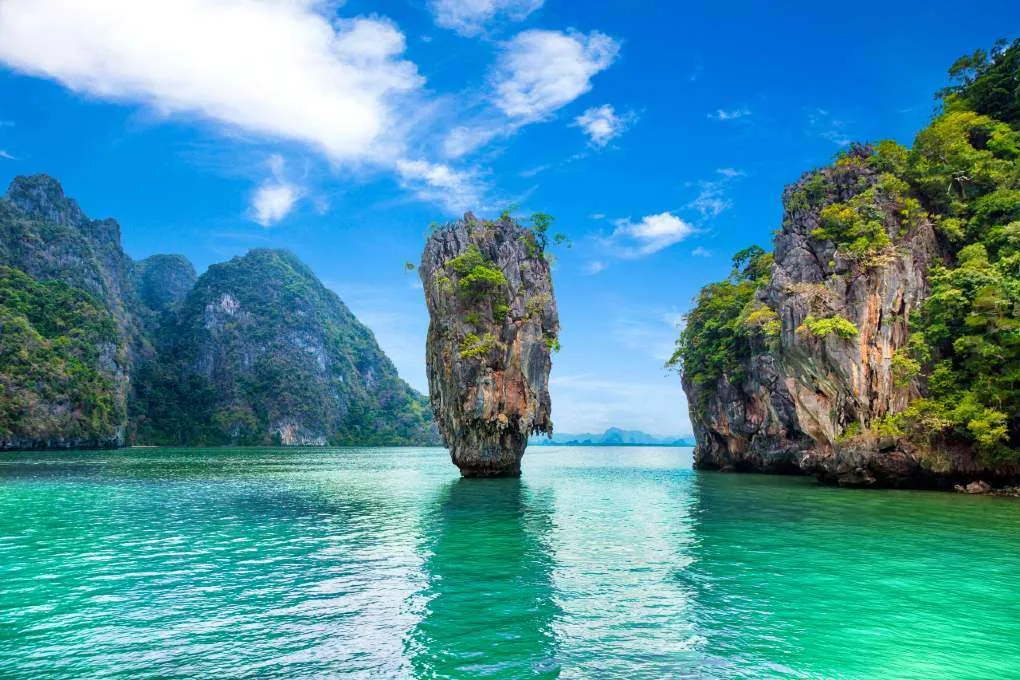
The initial installment of the new Dune era, helmed by director Denis Villeneuve and based on Frank Herbert’s iconic sci-fi novel, juxtaposed starkness with maximalism. While visually stunning with Greig Fraser’s captivating cinematography drenched in fiery orange hues and ominous black tones, it ultimately lacked depth. Despite the grandeur, the narrative felt thin, relying more on mood than substantial plot development.
This is largely due to the fact that the first Dune film serves as a prelude to Dune: Part Two (hitting theaters on March 1), where the narrative truly flourishes. Part Two emerges as a more captivating space opera, delving into themes of revolution and religious fervor with a richness that builds upon the visual spectacle of its predecessor.
Paul and his mother, Lady Jessica (portrayed by Rebecca Ferguson), have integrated into the Fremen community on Arrakis, a group long engaged in conflict with colonial powers. Under the leadership of Stilgar (played by Javier Bardem) and the skilled warrior Chani (depicted by Zendaya), Paul is enlisted to support guerilla operations against the Harkonnens, who now control Arrakis and seek to eliminate its indigenous inhabitants. While Chani recognizes Paul’s military potential and harbors affection for him, Stilgar and other devout Fremen view Paul as a prophesied savior sent to liberate them from oppression.
Paul, however, understands the myth surrounding him as propaganda propagated by the powerful Bene Gesserit, of which his mother is a member. He is cautious not to perpetuate a narrative designed to maintain the Fremen’s subjugation to external forces. Simultaneously, Paul grapples with his own foreboding dreams, which hint at a different, ominous prophecy he fears might materialize.
As Paul navigates these conflicting pressures, the film unfolds through a series of captivating sequences: daring raids, perilous encounters with colossal sandworms, and journeys into uncharted territories. Additionally, a visit to the Harkonnen stronghold introduces the ruthless nobleman Feyd-Rautha, portrayed by Austin Butler, as a compelling new character.
Despite its heavy thematic weight, Part Two demonstrates surprising agility. Villeneuve manages to strike a better balance between plot and visual spectacle, although the film falters slightly towards the climax, rushing through Paul’s character development. Chalamet effectively conveys Paul’s internal struggles, but the pacing leaves little room for clarity.
Time is a critical factor in Dune’s complex narrative, which teems with dense mythology. While Part Two mostly succeeds in managing its myriad elements, it feels more like the conclusion of a chapter than a saga. Future films could explore untapped storylines, such as the introduction of characters like Princess Irulan, daughter of the Emperor.
However, the feasibility of further installments remains uncertain given the immense undertaking they represent. Villeneuve and Warner Bros. might consider concluding the series here, marking a significant artistic and commercial achievement rather than succumbing to franchise fatigue. Part Two enhances the promise of its predecessor but risking dilution of its success for the sake of expanding a cinematic empire seems unwise.










